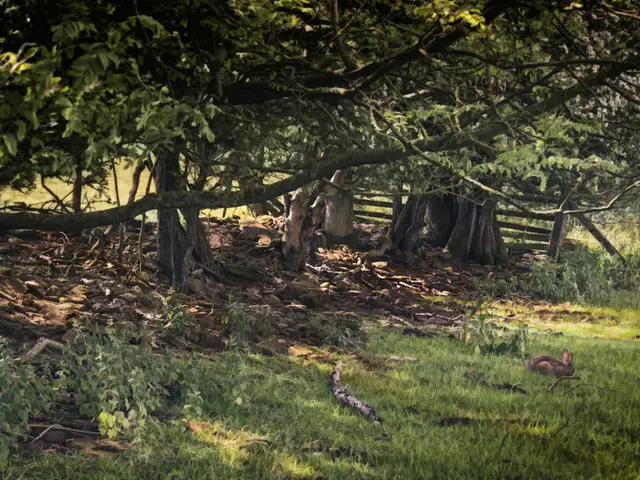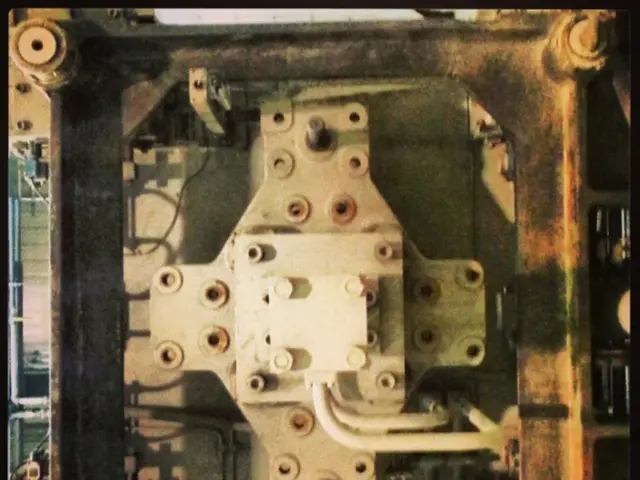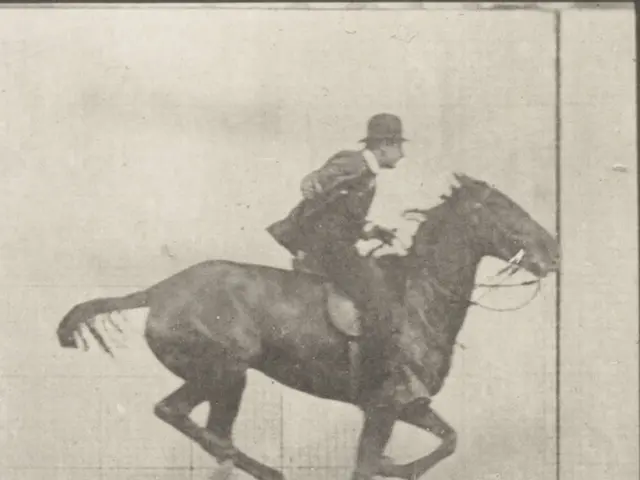Historic Medieval Town in Germany Boasts Exceptional Architectural Legacy
Nestled in the heart of Saxony-Anhalt, Quedlinburg stands as a testament to Germany's rich history and architectural preservation. Founded in 922 by Henry I (the Fowler), this medieval town has played a significant role in early German history, serving as a favoured residence for Saxon emperors and a major ecclesiastical centre.
Quedlinburg's well-preserved medieval architecture is a remarkable feature, with approximately 1,300 half-timbered houses dating from over eight centuries. The town, largely spared from destruction during World War II bombing, boasts an almost intact architectural heritage, making it a unique find among German towns.
The town's historic centre, surrounded by narrow houses and dominated by the Gothic town hall, revolves around Marktplatz. Key monuments include the former abbey church of St. Servatius, built between 1070 and 1129, which houses the tomb of Henry the Fowler, the first German king. The church also contains one of the oldest illustrated Bibles, the "Quedlinburg Itala," dating from the late 4th to early 5th century.
Quedlinburg's political influence was evident in its membership of the Hanseatic League until 1477 and its subsequent protection under Saxony. The town's political importance was also tied to the Wettin family, who gained control partly through family connections with the abbey.
Visitors can climb to Quedlinburg Castle via a steep staircase, enjoying an incredible view of the red roofs, wooded hills, and distant bell towers from the top. One of the oldest houses in Germany, at number 3 Wordgasse, houses the Fachwerkmuseum im Ständerbau, offering insights into local architectural development and timber construction techniques.
Art lovers will appreciate the Lyonel Feininger-Galerie, a museum dedicated to the artist Lyonel Feininger, a major figure of the Bauhaus movement. Feininger was deeply inspired by the landscapes and architecture of central Germany, and the museum brings together a wide selection of his graphic works, including several series devoted to Quedlinburg's churches, roofs, and Gothic silhouettes. Many of these works were created throughout the 1920s.
Quedlinburg's historical significance extends beyond its medieval architecture and political influence. The Collegiate Church of St Servatii, for instance, houses an exceptional collection of Ottonian gold and silverware and reliquaries, making it a spiritual and intellectual centre in the Holy Roman Empire. Unfortunately, the church was targeted by the Nazis for ideological takeover, with Himmler attempting to turn it into a pagan Germanic shrine.
In summary, Quedlinburg offers a unique glimpse into Germany's medieval past. Its well-preserved architecture, historical significance, and connections to early German kings and the Wettin dynasty make it a must-visit destination for history and art enthusiasts alike.
Residing within a charming home-and-garden setting, the town of Quedlinburg invites lifestyle enthusiasts to immerse themselves in its en-vols, or surroundings, teeming with history and architectural wonders. Despite housing one of the oldest houses in Germany, this historic town presents a contemporary allure through art galleries like the Lyonel Feininger-Galerie, reflecting the evolution of the region's artistic landscape and the ongoing influence of its architectural heritage.








